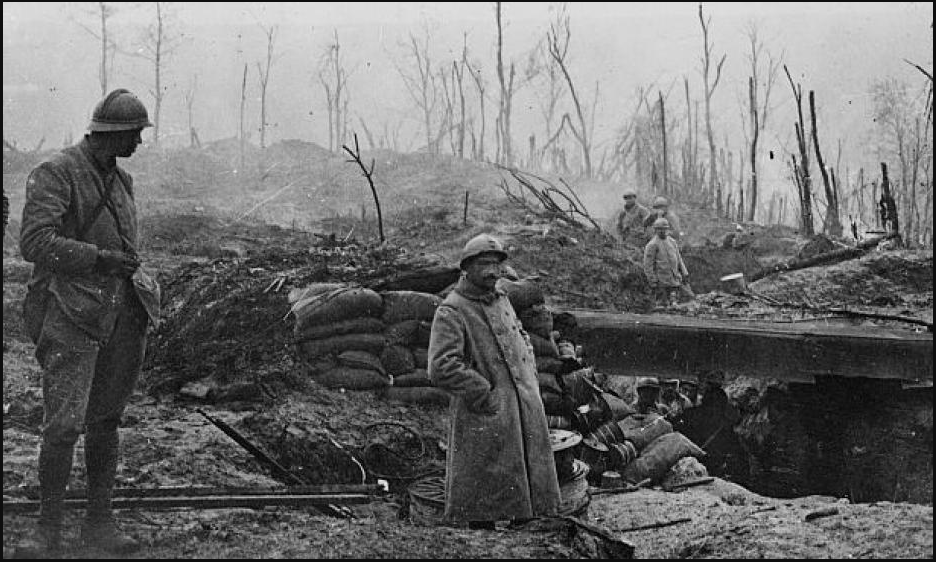
After the defensive victory of the Marne, in September-October 1914, the long and finally victorious struggle for Verdun (from the initial German offensive, on February 21, 1916, to the reconquest by the French, effective ten months later in December 1916, of their initial positions) has become in the French memory of the First World War the highlight of a conflict which remains today paradoxically little known to the general public. Thus, the Battle of Verdun, a symbol of the heroism of the Poilous and the stubborn resistance of the French nation to invasion, is above all considered today as the embodiment of the futility of a war perceived as a succession of despicable massacres for a few square meters of land of no particular strategic value. This judgment, which moreover would apply much better to the disastrous Somme offensive (July 1-November 18, 1916), is passed on Verdun because of the scale of the losses suffered by the two camps: 700,000 in total, including more than 300,000 dead and missing. But it is above all due to the slogan, "bleed the French army white", to which the German plan is often reduced. The latter is thus reduced to the zero degree of military art, that of a battle waged not to win over an adversary or obtain a strategic advantage, but which would erect destruction and murder as an end in itself. However, this perception is totally false. Indeed, the Battle of Verdun is not the meaningless massacre that a certain historiography has made of it, but the consequence of a double crisis.
The Crisis of German Warfare
The first of these crises is of a politico-strategic nature and takes place within the German camp. The terrible objective set by the head of the OHL (Oberste Heeresleitung, the high headquarters), General Erich von Falkenhayn, for his troops is indeed the logical consequence of a German inability to engage in a realistic examination of its war policy. The essential question here is that of war aims. Falkenhayn, head of the OHL since September 1914, began the year 1916 in a paradoxical position: on the one hand, he had succeeded the previous year in inflicting heavy defeats on the Russian armies in the East, while at the same time containing the Franco-British offensives on its western front cost relatively little. From a strictly military point of view, and even if Russia is not defeated, the German position therefore seems solid. But, from a strategic point of view, this solidity is only a facade. Germany does not appear capable of winning a war of attrition; time also aggravates the disintegration of its only great ally, Austria-Hungary, mistreated by the Russians and undermined by tensions between the multiple nationalities that make up the ending Habsburg empire. Above all, the Allied strategy of multiplying the fronts ran the risk in the long term of dispersing the German forces so much – to the Franco-Belgian front and the Russian front were added an Italian front in 1915, the Balkan front and the front against the Turks – that those nowhere will they be able to achieve major military successes. Besieged, under naval blockade, Germany could only slowly wither away.